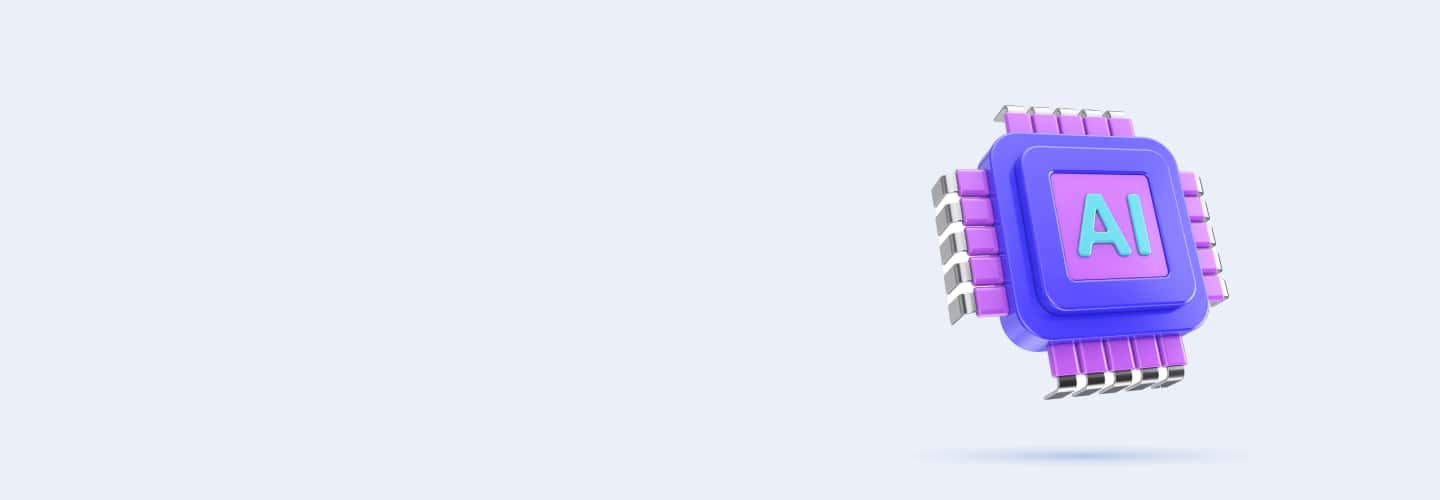
Q61
Q61 In Python, which library is most commonly used for building machine learning models?
NumPy
Pandas
Scikit-learn
Matplotlib
Q62
Q62 How would you load a dataset using Scikit-learn in Python?
pd.read_csv()
load_dataset()
load_data()
datasets.load_iris()
Q63
Q63 How do you split a dataset into training and testing sets using Scikit-learn?
train_test_split()
split_data()
train_split()
test_train_split()
Q64
Q64 How would you implement a linear regression model in Scikit-learn?
Use KMeans()
Use RandomForest()
Use LinearRegression()
Use GradientBoosting()
Q65
Q65 How would you calculate the accuracy of a model in Scikit-learn?
Use mean_squared_error
Use confusion_matrix
Use accuracy_score
Use roc_curve
Q66
Q66 Your machine learning model is overfitting. What is the most likely cause?
The model is too simple
The model is too complex
The dataset is too large
The features are too few
Q67
Q67 Your linear regression model is performing poorly. What could be the problem?
The model is underfitting
The features are irrelevant
The dataset is too small
The model is too complex
Q68
Q68 Your classification model is performing well on training data but poorly on test data. What could be the issue?
Underfitting
Overfitting
Data leakage
Insufficient data
Q69
Q69 Your neural network model is not converging during training. What could be the issue?
The learning rate is too high
The dataset is too small
The model is too simple
The features are irrelevant
Q70
Q70 What is the key difference between supervised and unsupervised learning?
Supervised learning uses labeled data, unsupervised uses unlabeled data
Unsupervised learning uses labeled data
Both use labeled data
Both use unlabeled data
Q71
Q71 Which of the following is an example of unsupervised learning?
Linear regression
Decision trees
K-means clustering
Logistic regression
Q72
Q72 Which of the following is commonly used in supervised learning for classification tasks?
K-means clustering
Support vector machines
PCA
K-nearest neighbors
Q73
Q73 What is the primary objective of unsupervised learning?
To minimize the loss function
To group data into clusters or find patterns
To classify data
To predict continuous values
Q74
Q74 Which of the following metrics is commonly used to evaluate the performance of a supervised learning classification model?
Accuracy
Sum of squared errors
Silhouette score
Mean absolute error
Q75
Q75 In supervised learning, what does the "bias-variance tradeoff" refer to?
The tradeoff between the amount of data and model performance
The tradeoff between model simplicity and performance
The balance between overfitting and underfitting
The balance between the size of training and testing datasets
Q76
Q76 What is a potential drawback of unsupervised learning algorithms like K-means clustering?
They cannot handle labeled data
They are sensitive to the initial centroids
They require large amounts of labeled data
They are slow to converge
Q77
Q77 Which Python library is commonly used for implementing supervised learning algorithms?
Matplotlib
Scikit-learn
NumPy
TensorFlow
Q78
Q78 How would you implement K-means clustering in Python using Scikit-learn?
KMeans()
LinearRegression()
SVC()
DBSCAN()
Q79
Q79 How do you train a supervised learning model like a decision tree in Scikit-learn?
fit()
train()
learn()
split()
Q80
Q80 Which function would you use in Scikit-learn to evaluate the accuracy of a supervised learning model?
accuracy_score()
cross_val_score()
silhouette_score()
mean_squared_error()
Q81
Q81 Your K-means clustering algorithm is not finding meaningful clusters. What is a possible reason?
The model is too simple
The centroids are not initialized properly
The data is labeled
The model is underfitting
Q82
Q82 Your supervised learning model is overfitting the training data. What should you do?
Increase the number of features
Use cross-validation
Add more data
Use a more complex model
Q83
Q83 Your unsupervised learning algorithm is grouping outliers into their own clusters. What could be the issue?
The algorithm is too sensitive to outliers
The clusters are too small
The data is labeled
The algorithm is using too many centroids
Q84
Q84 What is a neural network in the context of deep learning?
A type of clustering algorithm
A computational model inspired by the human brain
A data preprocessing technique
A visualization method
Q85
Q85 In a neural network, what is the purpose of the activation function?
To initialize weights
To introduce non-linearity
To compute gradients
To optimize the learning rate
Q86
Q86 What is the role of backpropagation in neural networks?
To calculate the loss
To update weights based on gradients
To initialize neurons
To add non-linearity
Q87
Q87 Which of the following is a key challenge in training deep neural networks?
Overfitting
Gradient vanishing
Underfitting
Class imbalance
Q88
Q88 What is the primary difference between feedforward and recurrent neural networks (RNNs)?
RNNs can handle time-series data
Feedforward networks have memory
RNNs are more efficient
Feedforward networks can handle sequential data
Q89
Q89 What does the term "dropout" refer to in the context of neural networks?
Removing neurons during training
Adding noise to input data
Reducing the learning rate
Changing the activation function
Q90
Q90 Which optimization algorithm is commonly used to train deep learning models?
Stochastic Gradient Descent (SGD)
K-means
PCA
SVM



